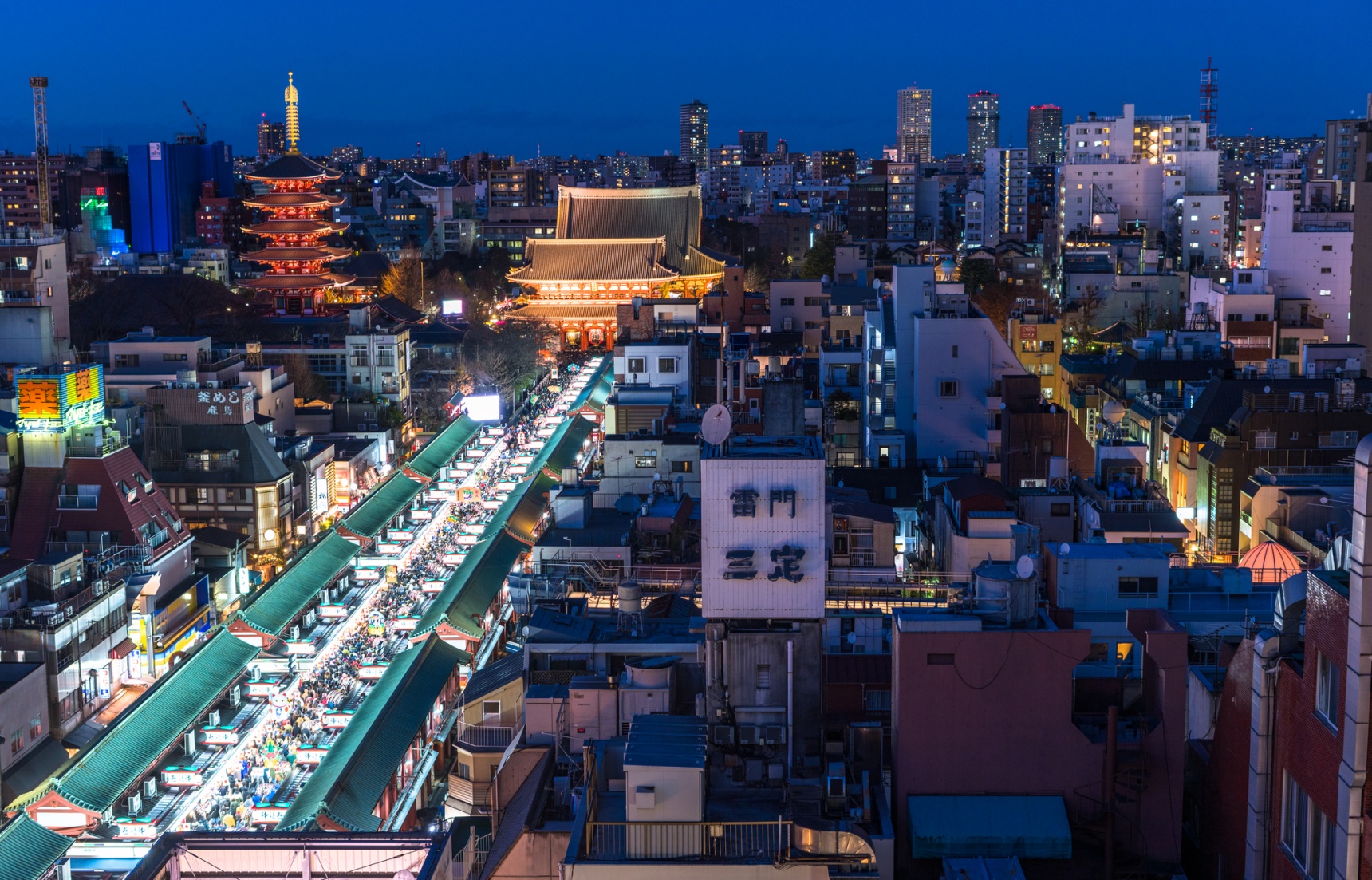Do's & Don'ts: Japanese New Year
New Year's is one of the largest celebrations in Japan. Typically businesses close for a few days so that everyone can spend some time with their families, and flock to their local shrines to pray for the year ahead. Read on to find out some of the best things to do and avoid this New Year in Japan.
By Robert KodamaBanks/ATMs
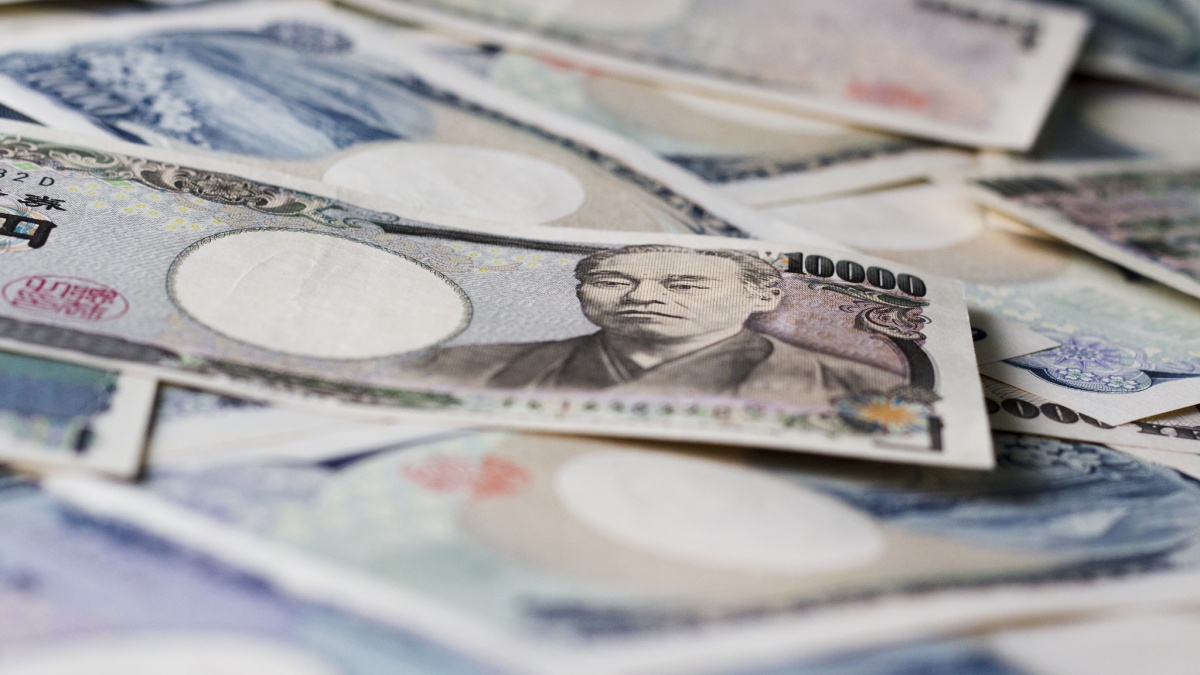
https://flic.kr/p/q8BQa1
Banks and ATMs (including the Post Office) are set to close over the New Year period—some start as early as December 29. The national holidays typically last until January 3, so make sure you take out enough cash on December 28 to last you for a week (or more if you're planning to go somewhere!).
Domestic Travel
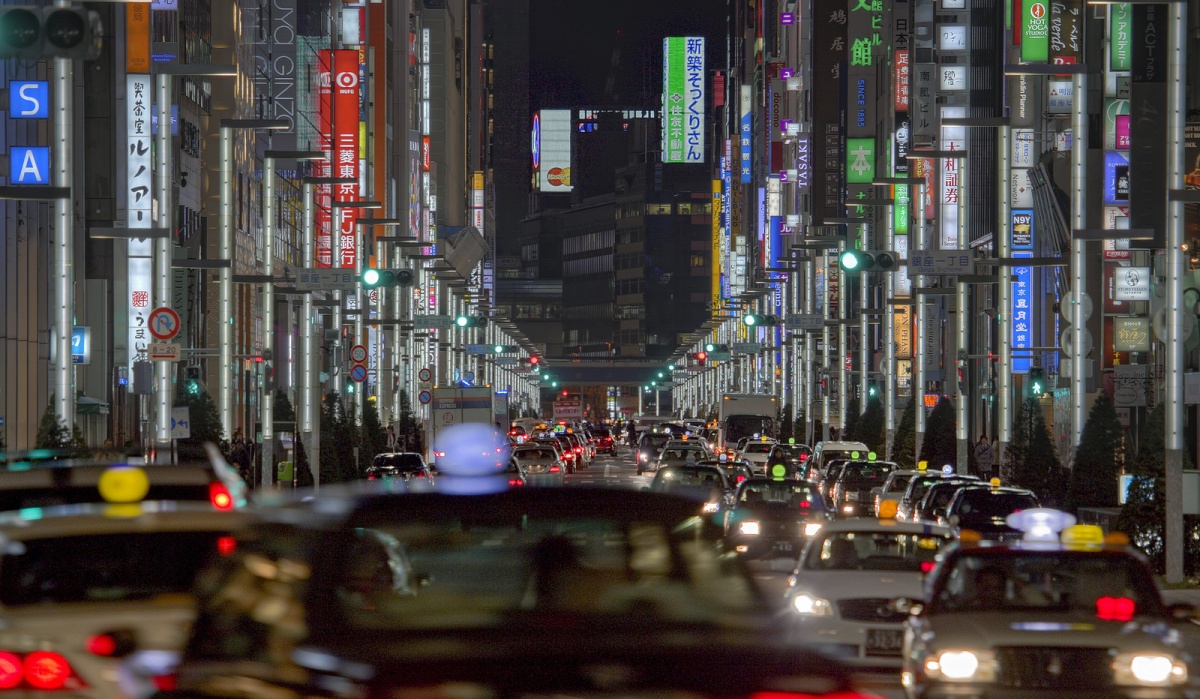
https://flic.kr/p/qsu6T3
If you're planning to travel in Japan, be sure to plan accordingly. Trains and roads become incredibly congested, especially just before and after New Year's Day, as people travel long distances to be with their family. In 2019, the peak periods are predicted to be the weekend of December 29-30, and January 2-3 (since that's typically the final day of company holidays).
Trains run through the night on December 31 to January 1 in most major cities such as Tokyo, and the JR trains connecting Osaka to Kyoto and Kobe for anyone heading out west for New Year festivities.
Holiday Closings
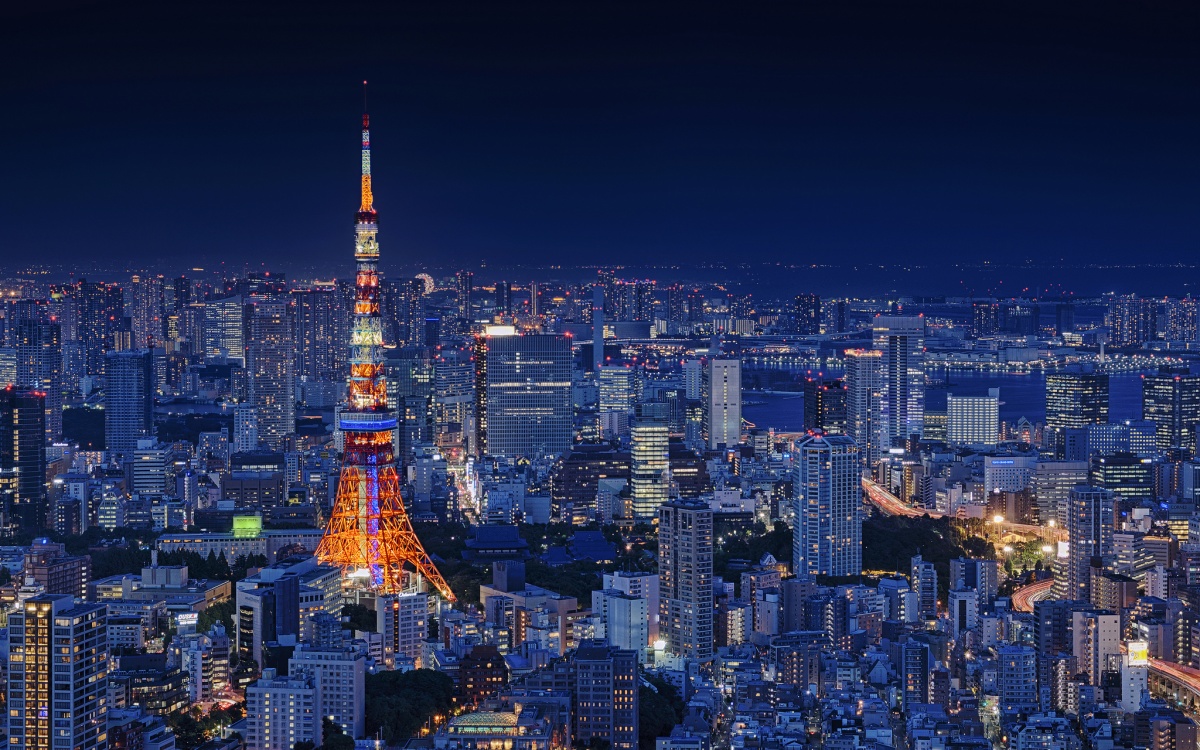
https://flic.kr/p/29FK1Qw
In general, most businesses and sights will close over the New Year holiday. Museums, galleries and gardens are largely affected, and most of them close for part (if not all) of the holiday period. Shops are keen to capitalize on holiday spending, but typically close on New Year's Day. Recently, large shops, malls and restaurants found in large cities have started to stay open on New Year's Day, but you'll want to check ahead of time to make sure. Temples and shrines typically do not close during New Year's.
It's also important to realize that outside of fast food and chain restaurants, most places close for the holiday, even in major cities like Tokyo and Osaka. If you're feeling lucky, you might be able to find places open in centrally located areas like Shinjuku or Shibuya, but should probably avoid more residential neighborhoods.
Read on below to find out the closing dates for the following main attractions in Japan:
Tokyo
Tokyo Sky Tree: Open throughout the New Year period. Special event—see the sunrise on New Year's Day! (Limited to the first 890 people who reserve in advance.)
Hamarikyu Gardens: Closed December 29 - January 1
Imperial East Gardens: Closed December 28 - January 3
Tokyo Disney Resorts: Open throughout the New Year period
Toyosu Fish Market: Closed December 31 - January 4
Tokyo National Museum: Closed December 26 - January 1
Tokyo Metropolitan Art Museum: Closed December 31 - January 1
Osaka
Osaka Castle: Closed December 28 - January 1
Osaka Aquarium: Open throughout the New Year period
Universal Studios: Open throughout the New Year period
Hirakata Park: Open throughout the New Year period
Osaka Museum of History: Closed December 28 - January 4
The Osaka Museum of Housing & Living: Closed December 29 - January 2
Kyoto
Nijo Castle: Closed December 29 - 31
Kyoto Railway Museum: Closed December 30 - January 1
Kyoto International Manga Museum: Closed December 26 - January 4
Kyoto Aquarium: Open throughout the New Year period
Kyoto National Museum: Closed December 25 - January 1
Sapporo
Sapporo TV Tower: Closed January 1
Sapporo Clock Tower: Closed December 29 - January 3
Sapporo Beer Museum: Closed December 31
Joya no Kane
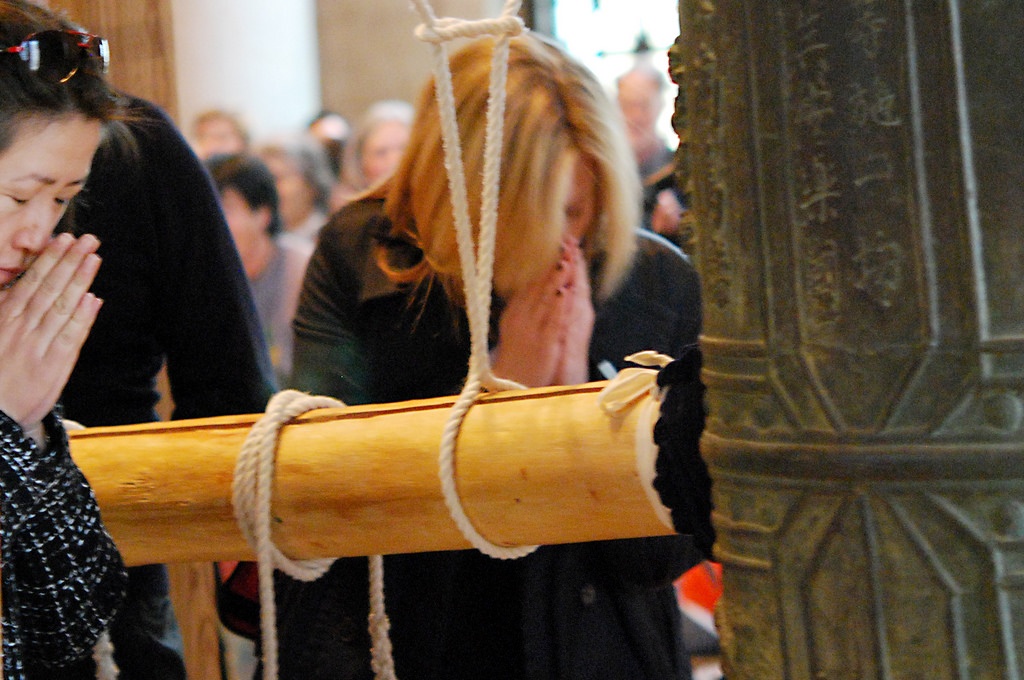
https://flic.kr/p/7ttYD9
While there are plenty of places that will be shut over the New Year period, there are events held during this period which you can join. One of which is called Joya no Kane (除夜の鐘). This event is typically held on New Year's Eve at Buddhist temples across Japan, during which a large bell is rung 108 times. There are two theories on why the bell is rung 108 times. One is to get rid of undesirable feelings, of which there is said to be 108. A different theory suggests that people have eight significant difficulties during their lifetime, and the bell is rung 108 times to help overcome them.
Hatsumode
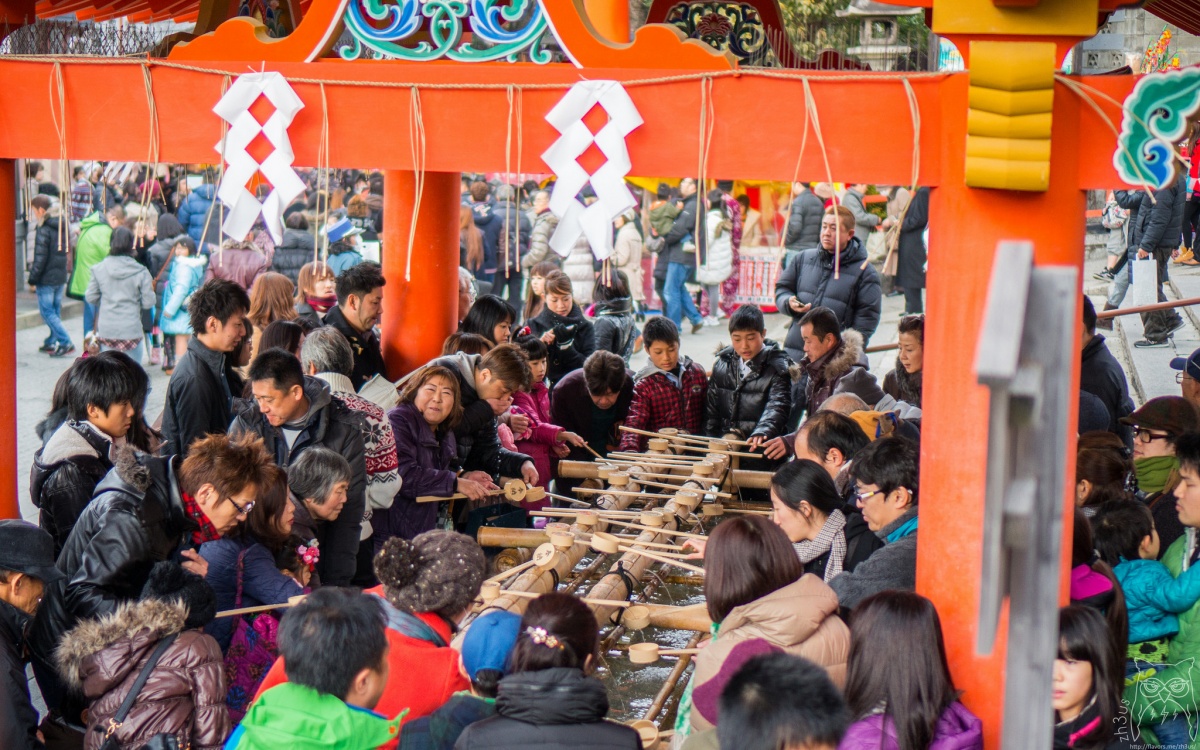
https://flic.kr/p/jMYNZP
You could also visit a temple or shrine on January 1 for hatsumode (初詣). This is an opportunity for people to pray for the upcoming year. The atmosphere is usually festive, during which many street vendors sell food—but beware, large complexes such as Fushimi Inari Shrine in Kyoto or Meiji Jingu in Tokyo can be overcrowded. Some large shrines and temples hold hatsumode for a few days, so if you wish to avoid the crowds, it might be best to visit after January 1. Of course, you could always head to a smaller shrine or temple nearby.
Fukubukuro

https://flic.kr/p/bfqN7R
Most large shops and department stores sell fukubukuro (福袋・literally a "lucky bag")over the New Year period. These bags are sold at a set price, and people purchase the bags without any knowledge of the contents inside. It's a game of chance where you may or may not get lucky for the money you spent. Most of the bags will have contents that are valued higher than the price tag, and you can be reasonably sure about the types of contents you'll actually find inside, since clothing stores will include clothes, toy stores will include toys, etc.
Clubbing
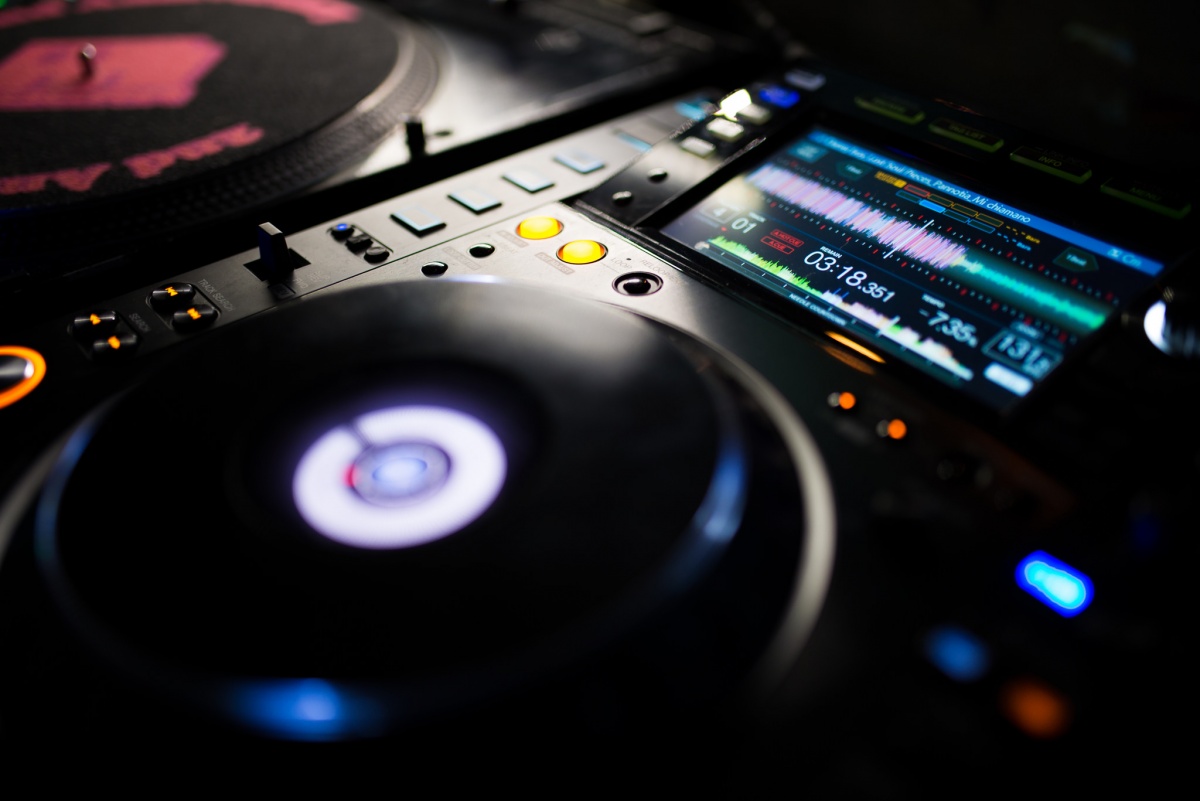
https://flic.kr/p/R2geKR
Clubbing is also a popular venue to countdown to the New Year in larger cities. Tokyo has plenty of options which can be found on the following link: Tokyo New Year Countdowns.
Giraffe and Owl in Osaka, as well as Butterfly in Kyoto are also great options in the Kansai region.
Hiking
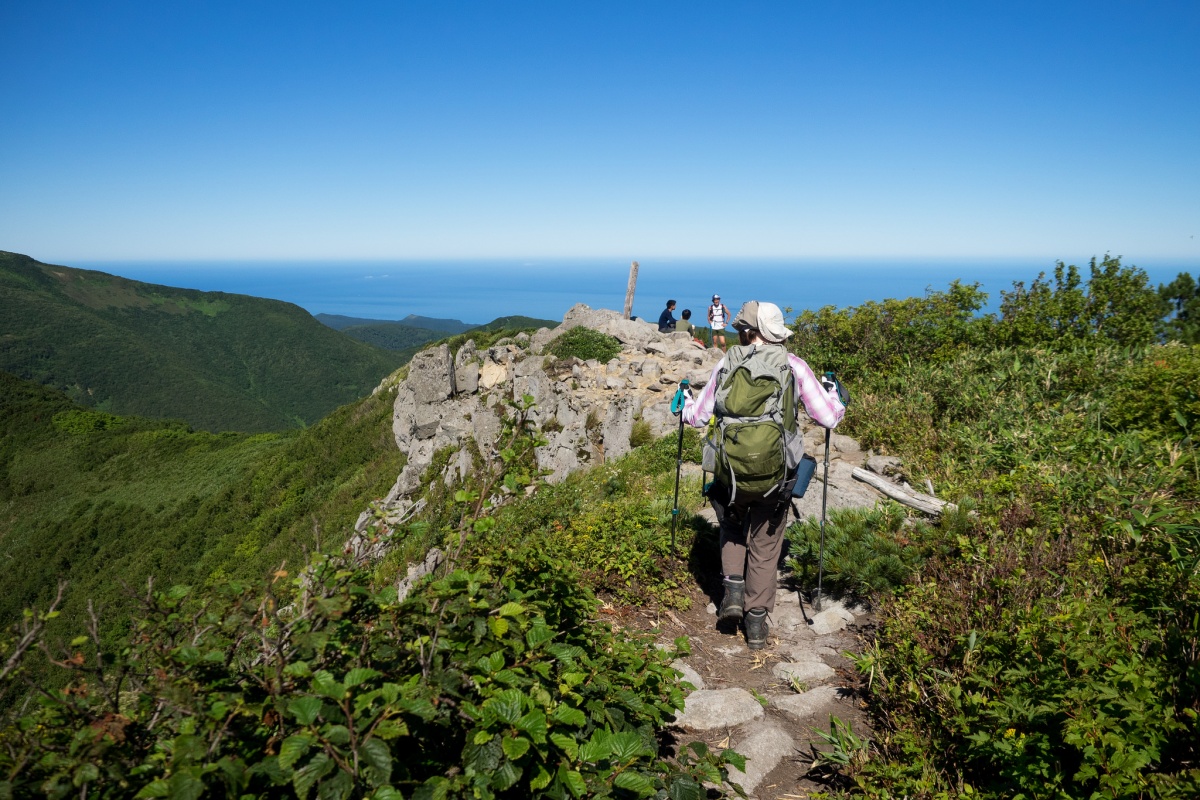
https://flic.kr/p/2a8xtAq
Seeing the first sunrise of the new year is special to most Japanese people and why not do it in style by completing a hike overnight. Mt Takao near Tokyo is a popular spot for hikers to see the first sunrise just outside of the capital. For those living in Kansai, Mt Hiei with the famous Enryaku-ji is also a great hiking spot for the first sunrise near the old capital.
If you prefer to stay in the capital and go for a long walk, why not try the Seven Lucky Gods Pilgrimage in Tokyo. It's a great opportunity to do a mini 6km pilgrimage in the heart of Tokyo in a couple of hours.


